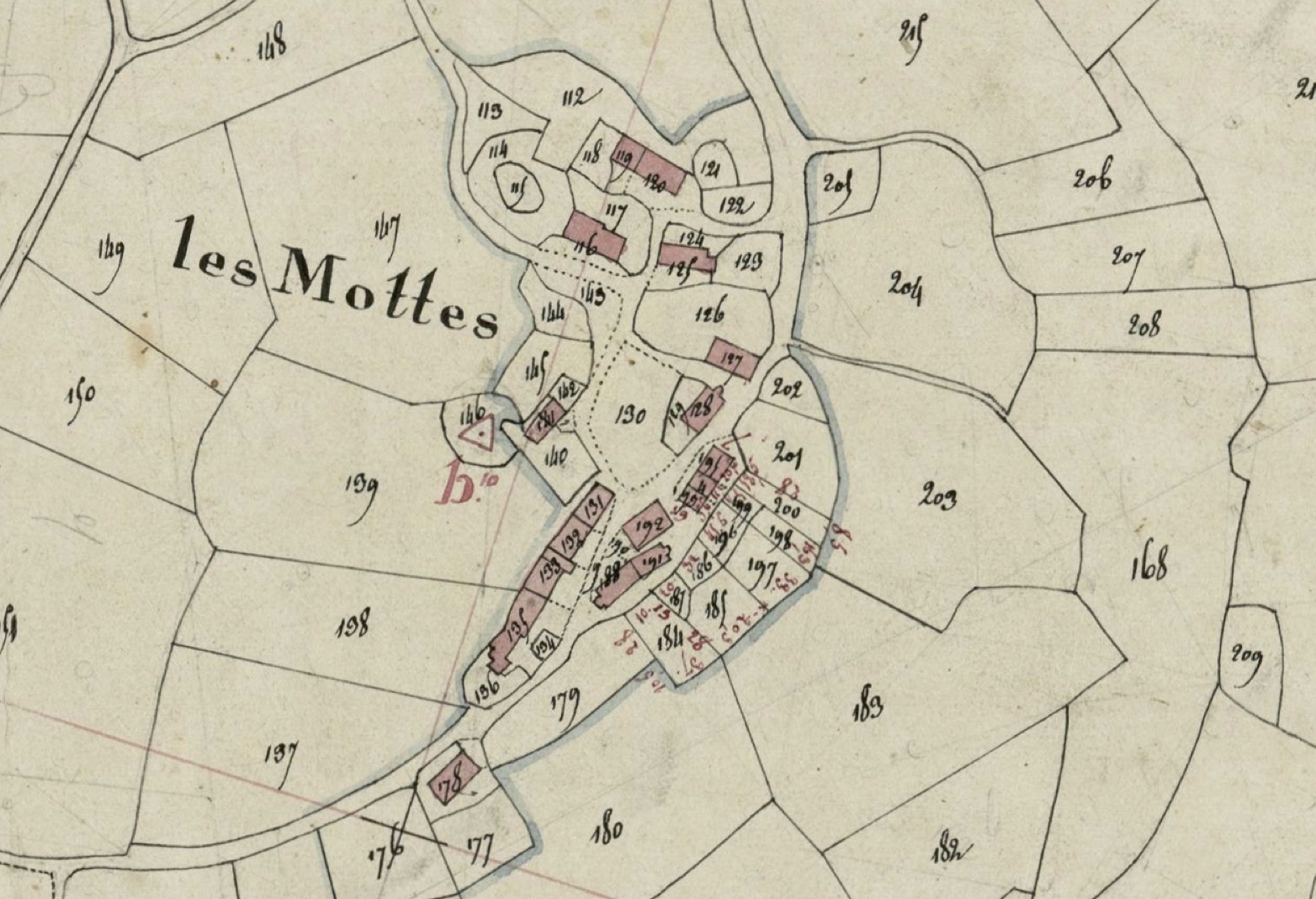Les fortifications de terre et de bois au Moyen Âge (VIIIe-XIIe siècles) dans le Limousin : Haute-Vienne et Creuse
Thèse préparée par Lou De Poorter sous la direction de Philippe Racinet (TrAme,EPJV) et Eric Sparhubert (Criham, Unilim)
La nécessité d’un inventaire  sur les fortifications de terre et de bois au Moyen Âge en Haute-Vienne et en Creuse résulte de notre méconnaissance, surtout archéologique, de la question. L’étude de ces fortifications par les champs historique et archéologique est un moyen de mieux connaître les enjeux politiques et économiques au sein de ces territoires entre les VIIIe et XIIe siècles.
sur les fortifications de terre et de bois au Moyen Âge en Haute-Vienne et en Creuse résulte de notre méconnaissance, surtout archéologique, de la question. L’étude de ces fortifications par les champs historique et archéologique est un moyen de mieux connaître les enjeux politiques et économiques au sein de ces territoires entre les VIIIe et XIIe siècles.
La constitution de ces fortifications (morphologie, matériaux utilisés, relations entre fortifications et substrat), la topographie du site et sa géographie expliquent son aménagement et sa fonction par rapport au lieu sur lequel il est implanté. Il conviendra alors d’analyser le rapport que la fortification entretient avec son environnement, le territoire qu’elle défend, contrôle ou administre et de la mettre en relation avec la flore, la topographie, le réseau hydrographique et l’habitat du site.
Dégager ainsi une première typologie et établir plusieurs profils de constructions en Haute-Vienne et en Creuse s’inscrirait dans les recherches et réflexions en cours sur les rôles des fortifications de terre et de bois dans l’Occident médiéval.
The necessity to make a list based on earth and wood fortifications in the Early Middle Age (VIIe – XIIe centuries), in Haute-Vienne and Creuse, results from our ignorance, mainly archaeological, of the subject. The study of theses fortifications by historical and archaeological domains, is a way to know the political and economic concerns on these territories between the VIIIe and XIIe centuries.
The setting up of the fortifications (morphology, choice of materials used, relations between fortification and substratum), the site’s topography and its geography explains the construction of a stronghold according to the place on which it is implanted. We need to analyze the connection between the fortresses and the environment, the territory which it defends, control or manage and to put it in relation with the flora, the topography, the hydrographic network and the land used
Bring out a first typology and establish several structures’ profiles in Haute-Vienne and Creuse would enter into the actual researches and reflections on the functions of earth and wood fortifications in the Medieval Occident.
Mottes de Saint-Oradoux-de-Chirouze, Creuse, Cadastre dit Napoléonien
